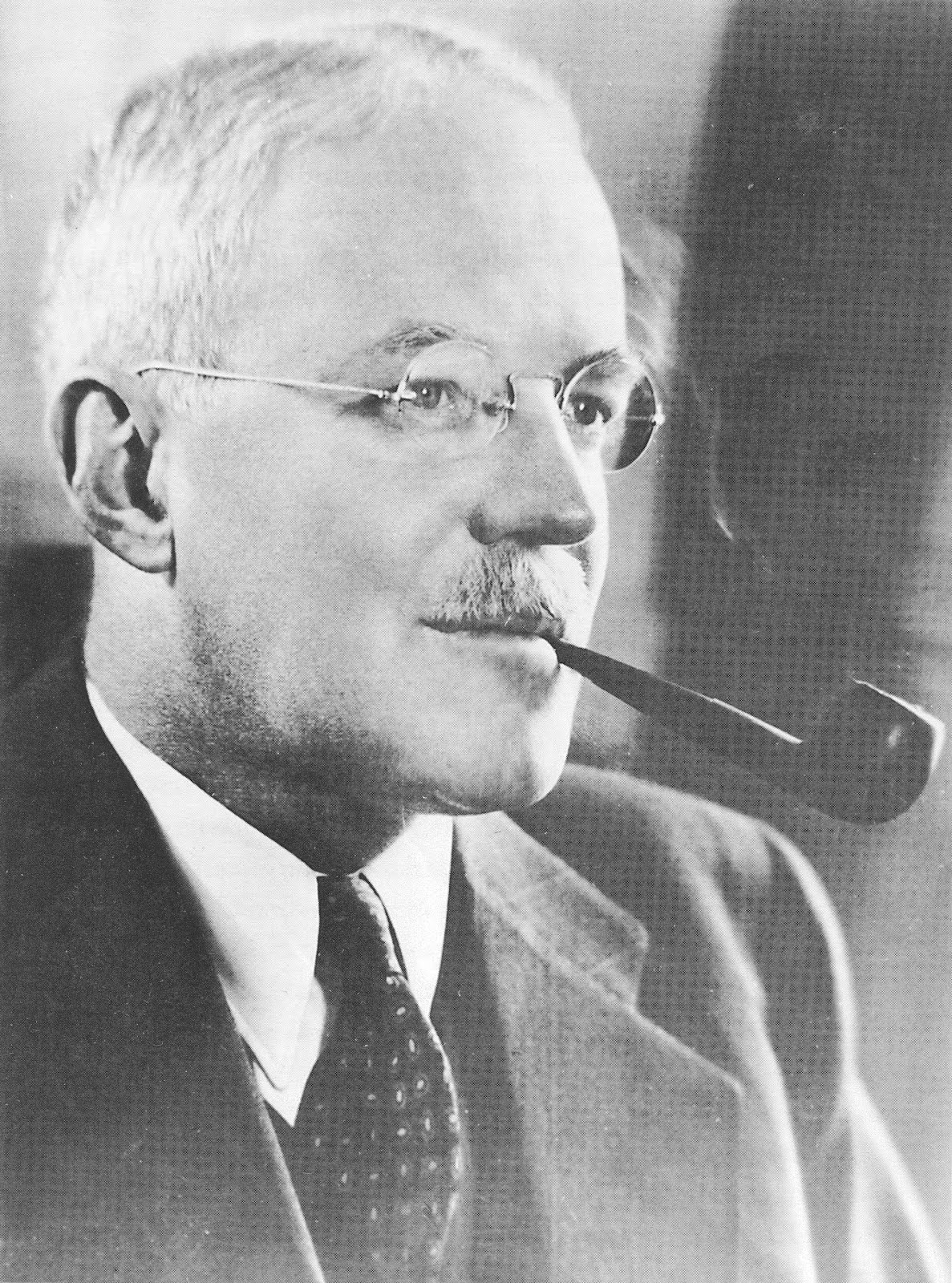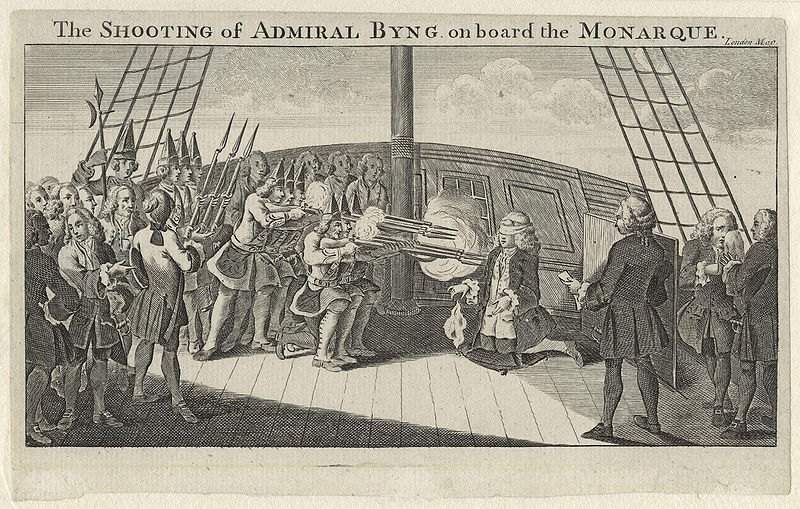Well, they're lining up to mad-dog(2) your Tilt-a-Whirl(3)
Three shots for a dollar, win a real live doll
All the lies that you tell, I believed them so well
Take them back, take them back to your red house
For that fearful leap into the dark(4)
Oh well, I did my time in the jail of your arms
Now Ophelia(5) wants to know where she should turn
Tell me, what did you do, what did you do the last time?
Why don't you do that?
Well, go on ahead and take this the wrong way
Time's not your friend
Do you cry, do you pray, do you wish them away?
Are you still leaving nothing but bones in the way?
Did you bury the carnival, with the lions and all?
Excuse me while I sharpen my nails
And just who are you, who are you this time?
You look rather tired, are you pretending to love?
Well, I hear that it pays well
How do your pistol and your Bible and your sleeping pills go?
Are you still jumping out of windows in expensive clothes?
Well, I fell in love with your sailor's mouth(6) and your wounded eyes
You better get down on the floor, don't you know this is war
Tell me, who are you this time?
Tell me, who are you this time?
(1) Who Are You?:
- Barney Hoskyns (1999): You've said that you tend to bury directly autobiographical stuff. What about Who Are You? Should we know who that's about? Tom Waits: "Gee, I dunno. I think it's better if you don't. The stories behind most songs are less interesting than the songs themselves. So you say, "Hey, this is about Jackie Kennedy." And it's, "Oh, wow." Then you say, "No, I was just kidding, it's about Nancy Reagan." It's a different song now. In fact, all my songs are about Nancy Reagan." (Source: "Mojo interview with Tom Waits". Mojo: Barney Hoskyns. April 1999)
- Tom Waits (1992): "It's a cynical song; the kind of stuff you'd like to say to an old girlfriend at a party. Who are you this time? Are you still jumping out of windows in expensive clothes? A thing you'd like to say to anybody who maybe raked you over the coals." (Source: Bone Machine press kit, Rip Rense. Late 1992)
- Waits might be paying tribute to Bob Dylan's "Sad Eyed Lady Of The Lowlands" (Blonde on Blonde, 1966). Tom Waits (1991): "All of Bob Dylan's songs are carved from the bones of ghosts and have myth and vision . . . 'Desolation Row,' 'From a Buick 6,' 'Ballad in Plain D,' 'Restless Farewell,' 'Visions of Johanna,' 'Boots of Spanish Leather ,' 'Dark Eyes.'" For me, 'Sad-Eyed Lady of the Lowlands" is a grand song. It is like Beowulf and it 'takes me out to the meadow.' This song can make you leave home, work on the railroad or marry a Gypsy. I think of a drifter around a fire with a tin cup under a bridge remembering a woman's hair. The song is a dream, a riddle and a prayer." (Source: "The Impact Of Dylan's Music 'Widened the scope of possibilities', by Robert Hilburn. Los Angeles Times. May 19, 1991)
- Barney Hoskyns (1999): You've said that you tend to bury directly autobiographical stuff. What about Who Are You? Should we know who that's about? Tom Waits: "Gee, I dunno. I think it's better if you don't. The stories behind most songs are less interesting than the songs themselves. So you say, "Hey, this is about Jackie Kennedy." And it's, "Oh, wow." Then you say, "No, I was just kidding, it's about Nancy Reagan." It's a different song now. In fact, all my songs are about Nancy Reagan." (Source: "Mojo interview with Tom Waits". Mojo: Barney Hoskyns. April 1999)
- Tom Waits (1992): "It's a cynical song; the kind of stuff you'd like to say to an old girlfriend at a party. Who are you this time? Are you still jumping out of windows in expensive clothes? A thing you'd like to say to anybody who maybe raked you over the coals." (Source: Bone Machine press kit, Rip Rense. Late 1992)
- Waits might be paying tribute to Bob Dylan's "Sad Eyed Lady Of The Lowlands" (Blonde on Blonde, 1966). Tom Waits (1991): "All of Bob Dylan's songs are carved from the bones of ghosts and have myth and vision . . . 'Desolation Row,' 'From a Buick 6,' 'Ballad in Plain D,' 'Restless Farewell,' 'Visions of Johanna,' 'Boots of Spanish Leather ,' 'Dark Eyes.'" For me, 'Sad-Eyed Lady of the Lowlands" is a grand song. It is like Beowulf and it 'takes me out to the meadow.' This song can make you leave home, work on the railroad or marry a Gypsy. I think of a drifter around a fire with a tin cup under a bridge remembering a woman's hair. The song is a dream, a riddle and a prayer." (Source: "The Impact Of Dylan's Music 'Widened the scope of possibilities', by Robert Hilburn. Los Angeles Times. May 19, 1991)
(2) To mad-dog: v. [1990s] (US Black/ prison) to stare at intensively and theateningly (cf. bad eye). [mad dog, such animals fix their targets with an unwavering, aggressive stare] (Source: "Cassell's Dictionary Of Slang". Jonathon Green. Cassel & Co., 1998. ISBN: 0-304-35167-9)
(3) Tilta whirl: A tilt-a-whirl is a standard American carnival ride. Riders are strapped to the inside of a cylindrical section, which spins at a high speed. The ride then is lifted up on a metal arm, and the whole thing tilts in different directions (Submitted by Russell Fischer. Raindogs Listserv discussion;ist. September, 2000)
(4) Leap in the dark: Thomas Hobbes is reported to have said on his death-bed, "Now am I about to take my last voyage- a great leap in the dark." Rabelais, in his last moments, said, "I am going to the Great Perhaps." Lord Derby, in 1868, applied the words, "We are about to take a leap in the dark," to the Reform Bill. (Source: "The First Hypertext Edition of The Dictionary of Phrase and Fable", E. Cobham Brewer. © 1997-99 Bibliomania.com Ltd)
(5) Ophelia: Could be refering to Shakespeare's Hamlet: Ophelia, daughter of Polonius the chamberlain. Hamlet fell in love with her, but after his interview with the Ghost, found it incompatible with his plans to marry her. Ophelia, thinking his "strange conduct" the effect of madness, becomes herself demented, and in her attempt to gather flowers is drowned. (Shakespeare: Hamlet) (Source: "The First Hypertext Edition of The Dictionary of Phrase and Fable", E. Cobham Brewer. © 1997-99 Bibliomania.com Ltd)

This painting by Sir John Everett Millais 1851-1852. Tate Gallery London NO1506.
(6) Sailor's mouth: common expression meaning to be foul mouthed, to be vulgar
































